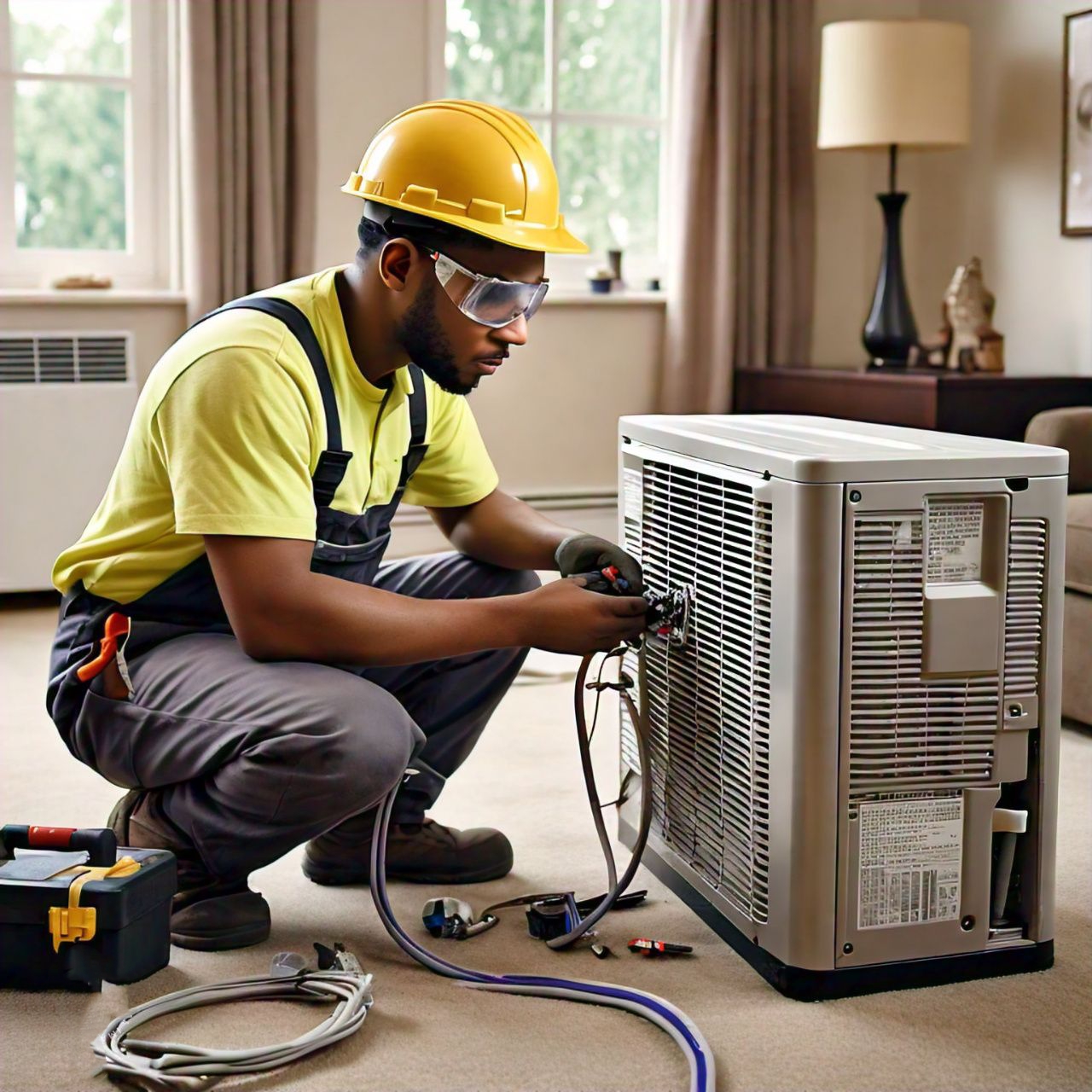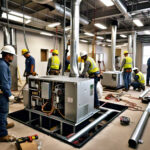The Role of Smart Thermostats in Modern HVAC Systems
Smart thermostats are revolutionizing the way we manage our home’s heating and cooling needs. One of the primary benefits of smart thermostats is their ability to be controlled remotely. With a smart thermostat, you can adjust your home’s temperature from anywhere using your smartphone or tablet. This feature is especially useful for making real-time adjustments based on your schedule, ensuring that you come home to a comfortable environment while also saving energy when you’re not there. Learn more about how remote control features can enhance your HVAC system’s efficiency.

Another significant advantage of smart thermostats is their ability to learn your preferences and adjust temperatures automatically. These devices use advanced algorithms and sensors to analyze your daily routines and optimize heating and cooling schedules. Over time, a smart thermostat can help you achieve substantial energy savings by reducing the workload on your HVAC system when it’s not needed. For a detailed look at the energy-saving capabilities of smart thermostats, check out our comprehensive guide.
Smart thermostats also offer integration with other smart home devices, creating a cohesive home automation experience. For example, they can work in conjunction with smart lights, security systems, and even voice-controlled assistants like Amazon Alexa or Google Home. This integration allows for seamless control of various aspects of your home environment, enhancing both convenience and efficiency. Discover more about smart home integration and how it can benefit your HVAC system.
Additionally, smart thermostats provide detailed usage reports and insights into your energy consumption patterns. These reports can help you identify opportunities to improve efficiency and reduce costs. By understanding how and when you use energy, you can make informed decisions about adjusting your thermostat settings and implementing energy-saving strategies. To explore how usage reports can help you optimize your HVAC system’s performance, visit our resources page.
Finally, the installation of a smart thermostat can lead to significant long-term savings. While the initial investment may be higher compared to traditional thermostats, the energy savings and enhanced control capabilities often result in a quick return on investment. Many utility companies also offer rebates and incentives for installing energy-efficient devices, further offsetting the cost. For information on rebates and incentives available for smart thermostats, see our detailed guide.
Repairing and Maintenance of Smart Thermostats
Proper repair and maintenance of smart thermostats are essential to ensure their longevity and efficiency. Regular maintenance can prevent many common issues and keep your system running smoothly. For a comprehensive guide on smart thermostat maintenance, visit our maintenance resource page.
One of the most common issues with smart thermostats is connectivity problems. Ensure that your thermostat is connected to your Wi-Fi network and that the connection is stable. If you experience connectivity issues, try restarting your router and thermostat. If problems persist, consult the troubleshooting guide provided by your thermostat manufacturer or visit our troubleshooting tips page for more solutions.
Another common issue is incorrect temperature readings. This can often be resolved by recalibrating your thermostat. Follow the manufacturer’s instructions to recalibrate your device, or refer to our calibration guide for detailed steps. Regularly cleaning the thermostat’s sensors can also help maintain accurate readings.

Battery issues can also affect the performance of smart thermostats. Many models have a backup battery that needs to be replaced periodically. Check the manufacturer’s guidelines for battery replacement and ensure you use the correct type of battery. For detailed instructions on how to replace your thermostat’s battery, visit our battery maintenance page.
It’s also important to keep your smart thermostat’s software up to date. Manufacturers often release firmware updates that improve performance and fix bugs. Check for updates regularly through the thermostat’s companion app or the manufacturer’s website. For a step-by-step guide on updating your thermostat’s firmware, visit our software update resource page.
If your smart thermostat requires repairs beyond simple troubleshooting, it’s advisable to seek professional help. An HVAC technician can diagnose and repair more complex issues. For information on finding a qualified HVAC technician, see our contractor directory.
By staying proactive with maintenance and addressing issues promptly, you can ensure that your smart thermostat continues to provide efficient and reliable control of your home’s heating and cooling systems.






